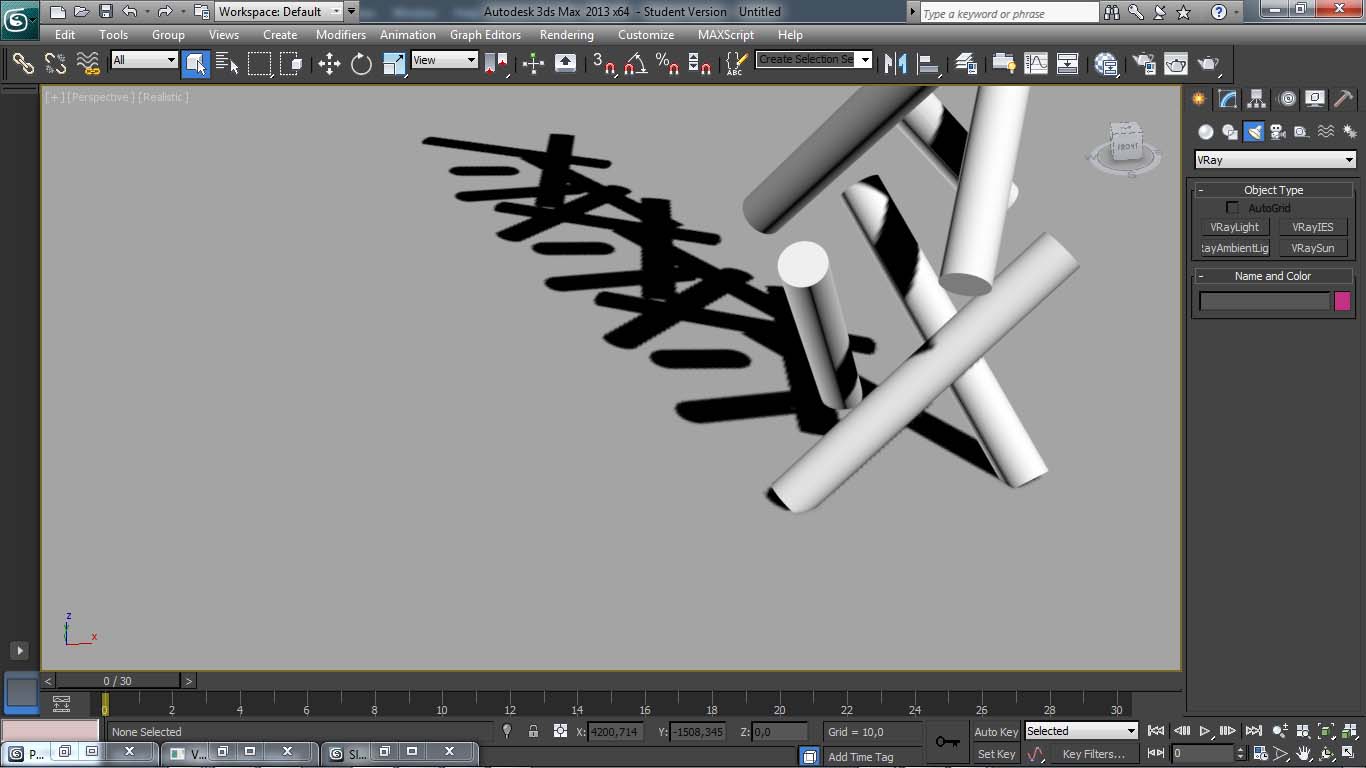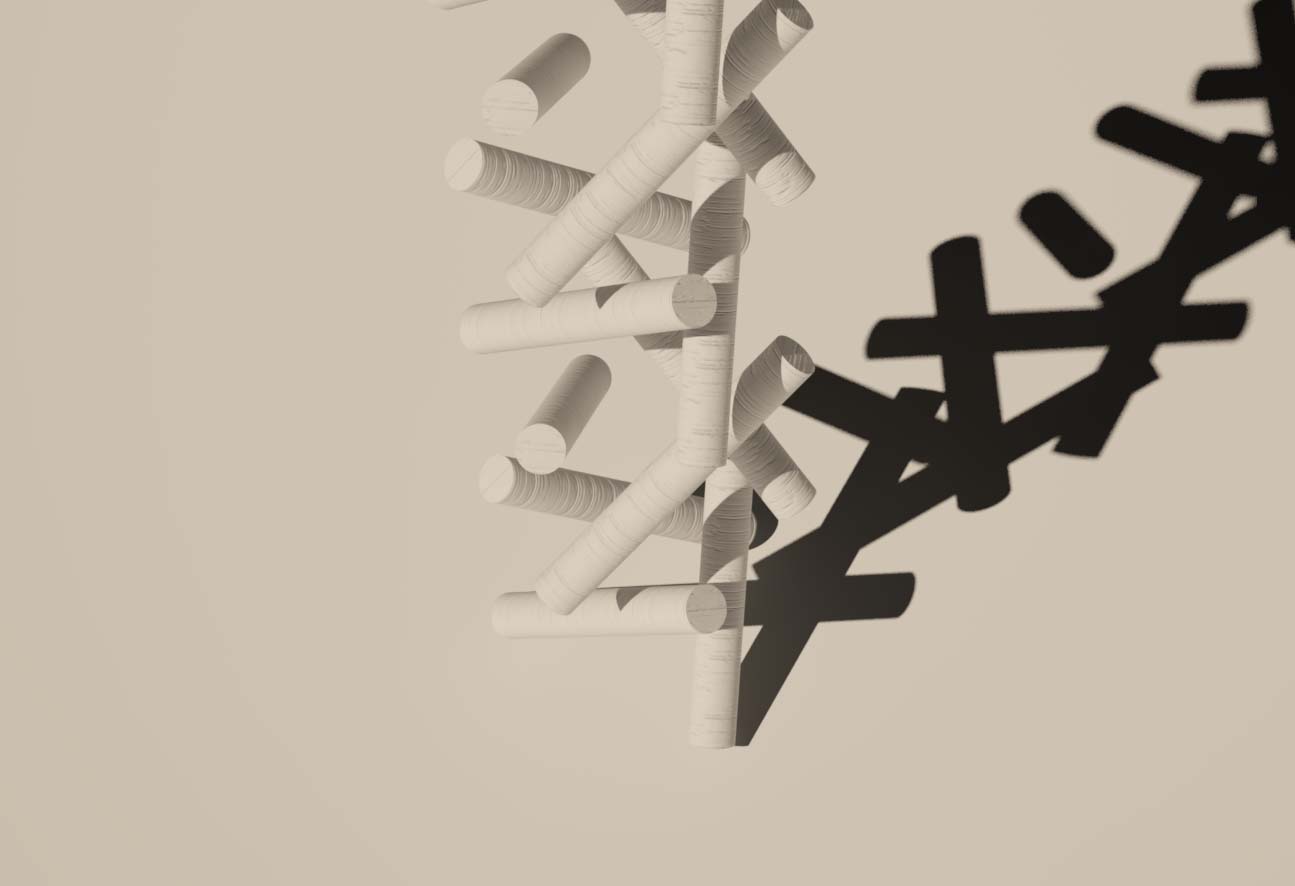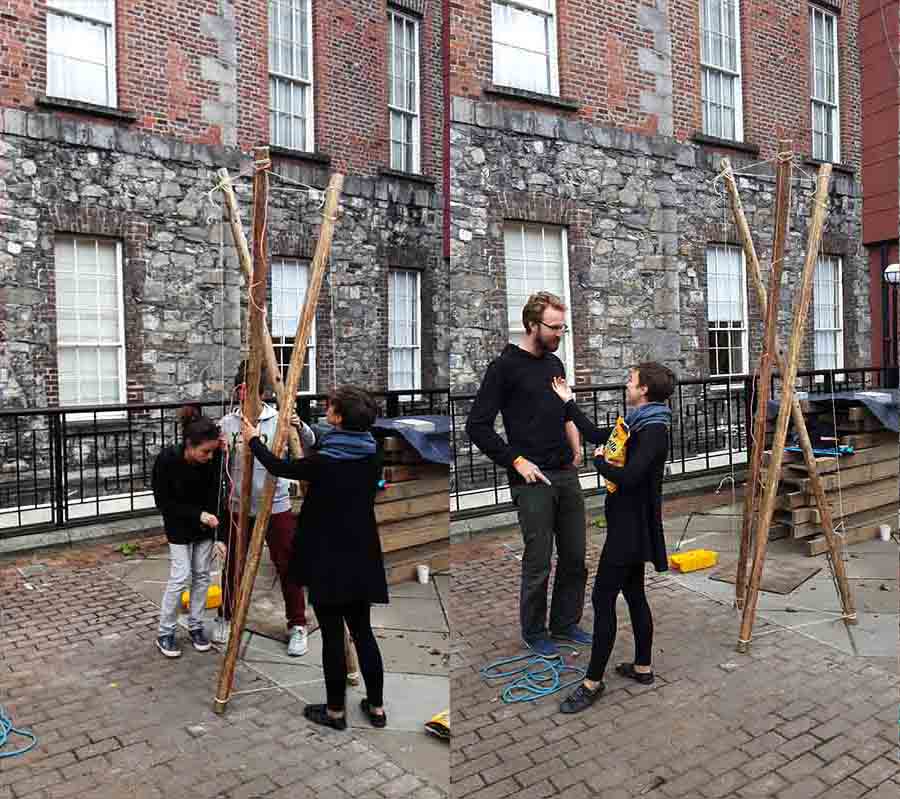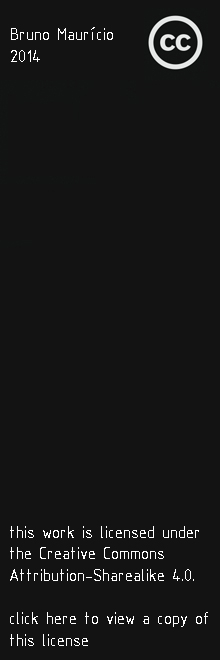 In the documentary kind of architect, Rem Koolhaas talk about how deconstructing the shoebox was a process (1st image) lead to casa da música (2nd), this method of pushing and pulling faces until one finds the shape that fill the most od his needs, it's pretty straightfoward to me, i like to deal with complex shapes knowing from the first place that the envelope will be disjuncted. Other exercise for looking at this pictures it to putt all this images side-by-side the Hugh Hardy&Associates, Performing Arts Center project (3rd) is obsiously related to casa da música, and when related to Seatle public library (4th), "they look like sisters".
In the documentary kind of architect, Rem Koolhaas talk about how deconstructing the shoebox was a process (1st image) lead to casa da música (2nd), this method of pushing and pulling faces until one finds the shape that fill the most od his needs, it's pretty straightfoward to me, i like to deal with complex shapes knowing from the first place that the envelope will be disjuncted. Other exercise for looking at this pictures it to putt all this images side-by-side the Hugh Hardy&Associates, Performing Arts Center project (3rd) is obsiously related to casa da música, and when related to Seatle public library (4th), "they look like sisters".
I'm very interested in complex dome-like polyedra shapes and i'm working on my final project with this purpose. First because it give me spatial freedom, second i can rearange modular assemblies, and third because it's distinctive from every household electrical appliance.
I foud that rhino with grasshopper make some instant grattification when appling populate3D on a box, make the box as an input for the voronoi 3D, and slider a chosen item of the voronoi cells, the inner polyedric shapes are just nice. With some effort I would controll the points that form the cell, and would'nt be so hard to find a optimal shape for assembling device modules on the same shape, with modular assemblies.
 On this spatial research, I found tensengrity (thanks Bucky) models and in some cases they are very freeform alike. Maybe I can draw some polyedra shapes for the compression elements, if this can be accomplished, the dome-shaped solid concrete appear to float on a river of tension.
On this spatial research, I found tensengrity (thanks Bucky) models and in some cases they are very freeform alike. Maybe I can draw some polyedra shapes for the compression elements, if this can be accomplished, the dome-shaped solid concrete appear to float on a river of tension.
 The Kenneth Snelson's hexagon simplistic shape had my atention, So I modeled my needle tower in Autocad and change to 3ds max for the rendering.
The Kenneth Snelson's hexagon simplistic shape had my atention, So I modeled my needle tower in Autocad and change to 3ds max for the rendering.



actualy, when i went to dublin, my team buildeda a tensengrity structure

design files
